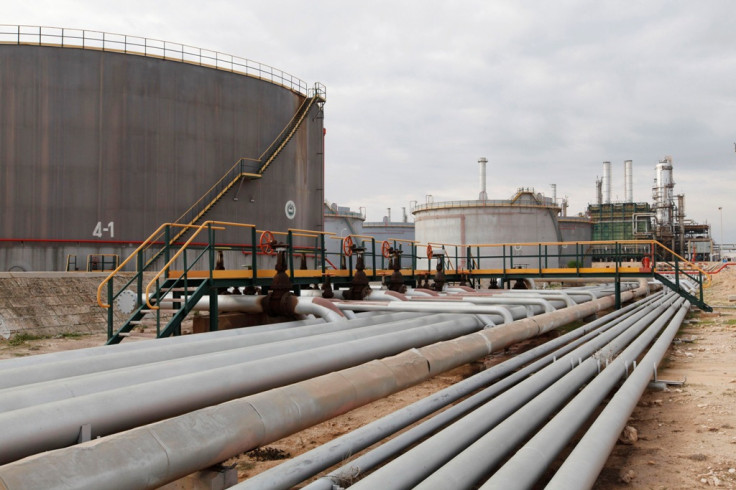Brent Futures Slip as Libya Restores Supplies and Saudi Arabia Increases Sales

Brent crude oil futures retreated after their biggest advance in three months after Libya increased production and Saudi Arabia increased shipments in January.
The Brent contract for March lost some 70 cents to $108.87 a barrel on the ICE Futures Europe exchange and hovered at $109.41 as of 12:24GMT. The contract surged $2.38, or 2.2%, to finish at $109.57 a barrel on 7 February, the biggest daily increase since 28 October, 2013.
The European benchmark was at a premium of $9.96 a barrel to the West Texas Intermediate (WTI) crude.
The WTI contract for March shed 42 cents to $99.46 a barrel on the New York Mercantile Exchange. The contract jumped $2.04, or 2.1%, to finish at $99.88 a barrel on 7 February, the highest close since 27 December, 2013.
WTI prices are up 1.1% so far this year.
Opec member Libya continued restoring supplies after protests at its Sharara oilfield ended, according to state-run National Oil.
Meanwhile, Saudi Arabia, which lowered output in January, increased crude sales to 9.916 million barrels a day, an unnamed source told Bloomberg.
Libyan Production
Libya is producing nearly 600,000 barrels of crude a day, and exporting 440,000 barrels from that, Mohamed Elharari, a spokesman for National Oil told the news agency.
Output from Sharara, the second-largest oilfield, jumped to 327,000 barrels a day after protesters re-opened a pipeline valve near Zintan, Elharari said.
However, Libyan production remains less than 50% of total capacity as protests continue to cripple operations at export terminals located in the east.
"With the partial recovery of Libyan supplies the spare capacity of OPEC will be increasing and that scenario is not too far off," said Andy Sommer, an analyst at Axpo Trading in Switzerland.
"Energy markets saw the disappointing payrolls as good news in terms of what it may mean for tapering," said Mark Pervan, the head of commodity research at Australia & New Zealand Banking Group.
US Cold Wave
Crude oil futures rallied on 7 February, and logged strong gains for the week ended 8 February, boosted by looming tighter North Sea supplies, higher heating oil and gasoline prices in the US and a rally on Wall Street.
Analysts said Brent was propped up by evidence that North Sea crude oil supplies could be lower than expected in the coming months, reported Reuters.
Loading of the four main crude oil streams - Brent, Forties, Oseberg and Ekofisk (BFOE) – were expected to average 890,000 barrels per day (bpd) in March, down from an expected 1.03 million bpd in February.
European refiners have reduced processing runs and fewer products were being made. Britain's biggest oilfield, Buzzard, would undergo a total nine weeks of maintenance in 2014, in the second and third quarters, rather than the two weeks traders had expected.
In the US, unrelenting cold weather continued to consume heating fuel stocks, pushing up prices. Rising natural gas prices in the US Northeast have forced utilities to bank on fuel oil for electricity generation in the region.
On Wall Street, indices ended higher on 7 February after market players concluded that the US nonfarm payrolls numbers were not so bad after all.
© Copyright IBTimes 2025. All rights reserved.






















